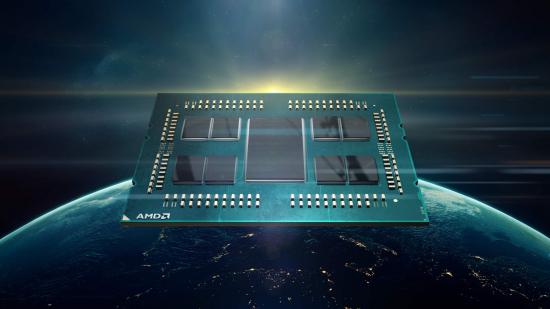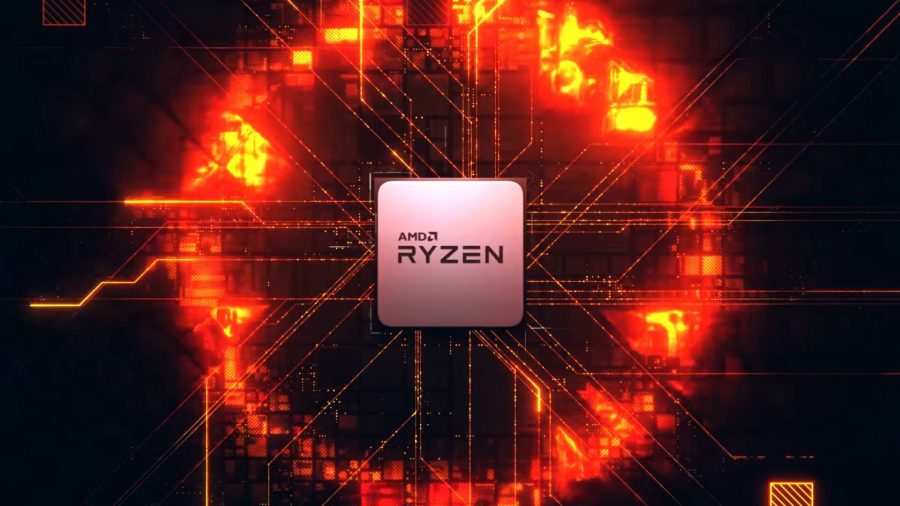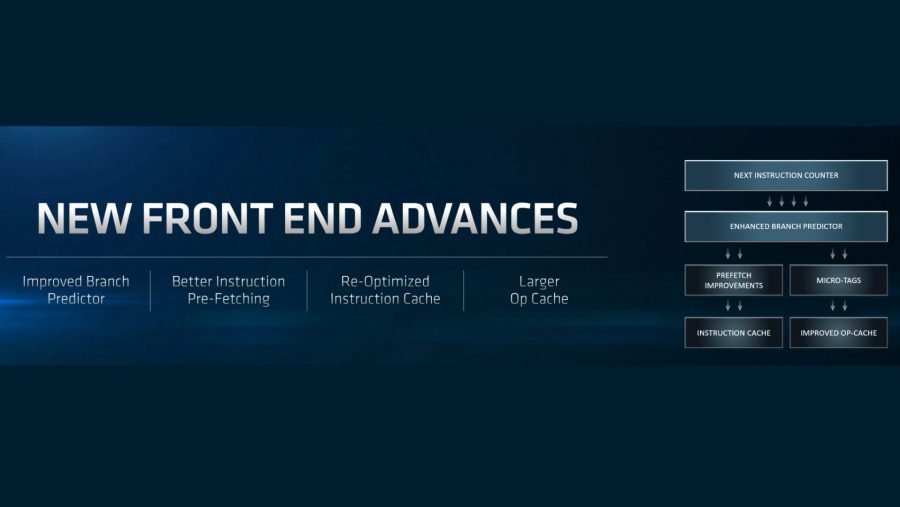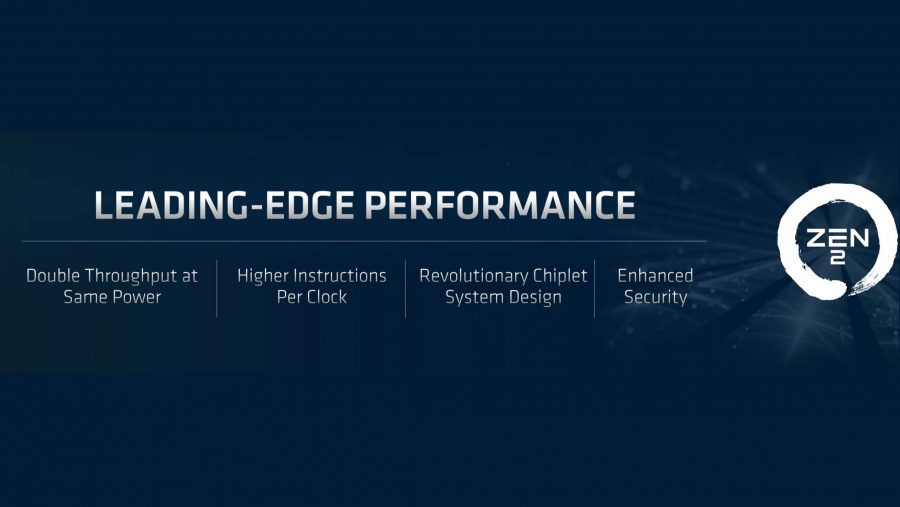The AMD Zen 2 processor architecture is the 7nm CPU design now available in an AMD Ryzen 3000 shaped package. These are the first 7nm x86 processors to hit the consumer market too… long before Intel can even get its own 10nm chips out the door. The Zen 2 architecture represents a brand new, unique approach to AMD’s CPU design and promises to really turn the screw on its Intel competition, both in terms of overall core-count and in its relative performance.
AMD release the new Zen 2 CPU design on July 7 (7/7), and has unveiled the architectural magic which has produced the best client CPUs the company has ever produced. These advances also make them the most advanced CPUs on the market, bringing heterogeneous computing to the fore on both the client and server side with EPYC.
Along with the new 7nm process node, AMD is taking a modular approach, still utilising some 14nm silicon in the design to keep costs down and yields high. This new approach will allow the company to double the core density of the architecture, which means 16-core chips hitting our desktops come September with the Ryzen 9 3950X. Quite what we’d do with those extra cores in our gaming rigs, I don’t really know, but it would comfortably increase both the core-count and process node lead over Intel.
AMD isn’t stopping there, with the Zen 3 design already in the pipe, and ‘on track’ for a release sometime in 2020 on the 7nm+ node. So, if Zen 2 only has a year to live what can the next-gen architecture offer to make it a must-have processor for our gaming rigs?
Vital stats
AMD Zen 2 release date
AMD confirmed at November’s Next Horizon event last year that Zen 2 processors had begun sampling, as promised, this year and would release on July 7. That means you can go out and pick up a Zen 2-powered chip today.
AMD Zen 2 specs
The Zen 2 architecture is built on the 7nm and 12nm process nodes. Within Ryzen 3000 this new architecture is scalable up to 16-cores across two eight-core chiplets, but it has much more potential to go even bigger heterogeneous with EPYC server parts.
AMD Zen 2 performance
Zen 2 processors increase IPC by some 13-15% over and above the existing Zen+ processors of the second-gen Ryzen range. That’s on a clock-for-clock basis, but the 7nm process node is also dropping power demand and aiding clock speed improvements, too.
When DID AMD Zen 2 CPUs launch?
At the Next Horizon event AMD confirmed that it was bringing the Zen 2 processors to the market in 2019, with sampling of the early chips already in process since the end of 2018. As this was a data centre event it was ostensibly referencing the next-gen EPYC Rome server chip, but AM4-based desktop Zen 2 CPUs were also on the way, too.
And it wouldn’t be long until we got our hands on them. AMD launched both Ryzen 3000 CPUs and Radeon RX 5700-series graphics cards on July 7, 2019.
Top in 2019: These are the best CPUs for gaming
That was mighty ambitious given the amount of new 7nm silicon such a joint CPU/GPU venture would require, but it also had a poetic ring to the 7/7 date too.
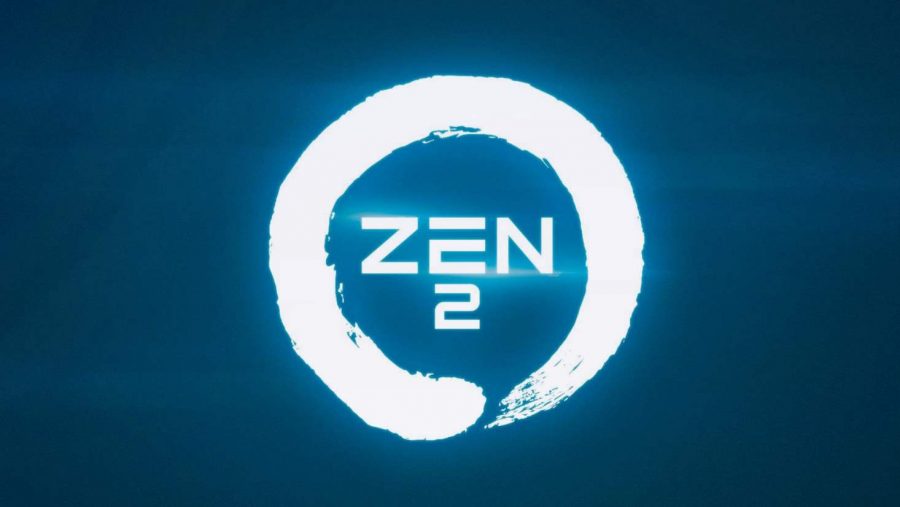
What are the AMD Zen 2 specs?
The biggest change for AMD’s Zen 2 architecture is the extension of the modular design introduced with the first Zen architecture. That layout allowed it to essentially create a CPU design that could be shrunk down for wee mobile SKUs and expanded to the desktop, and all the way up to the beefy 32-core EPYC server chips that we now have.
Zen 2 takes that further, separating the actual CPU and I/O parts of the processor into discrete modules. This multi-chip design means AMD can use individual 7nm chiplets to house the actual Zen 2 cores and connect them to a larger 14nm die looking after the inputs and outputs.
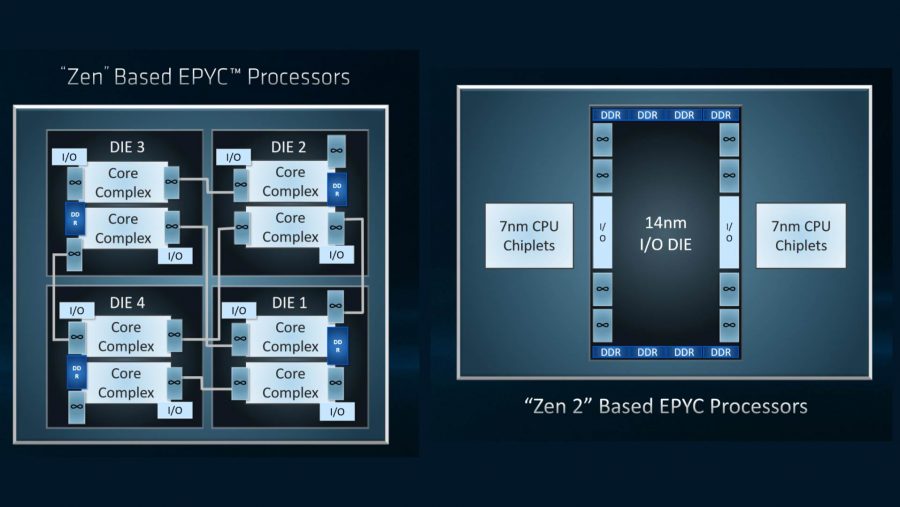
Separating it out means that AMD doesn’t need to shrink down the physical connections for memory and can use the mature 14nm process to deliver great yields, focusing the 7nm node on the CPU cores themselves. And by keeping those 7nm cores separate it allows AMD to more easily sort functional silicon and help keep prices in check for the expensive new lithography and it’s biggest, high-performance CPUs.
It also means the 7nm chiplets can be smaller than the original CCX design of Zen. A chiplet from Zen 2 looks a lot smaller than the eight-core silicon used in the first EPYC CPU – in fact, AMD has been able to reduce the Zen+ CCX floor plan by ~29% with Zen 2.
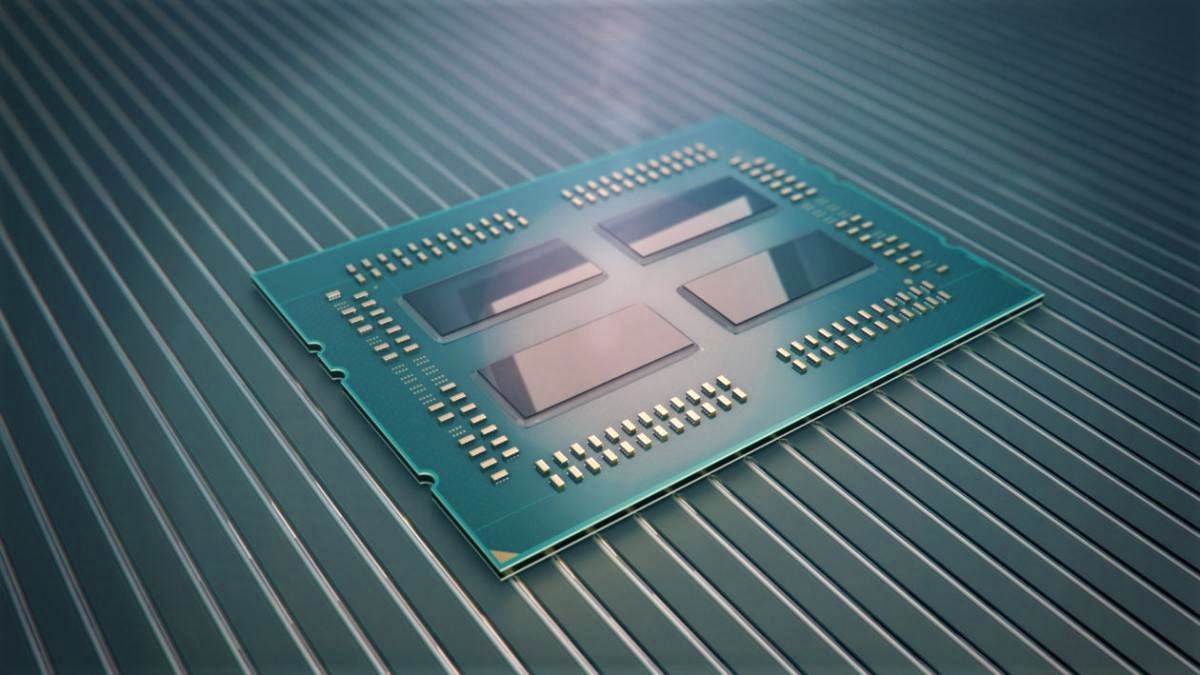
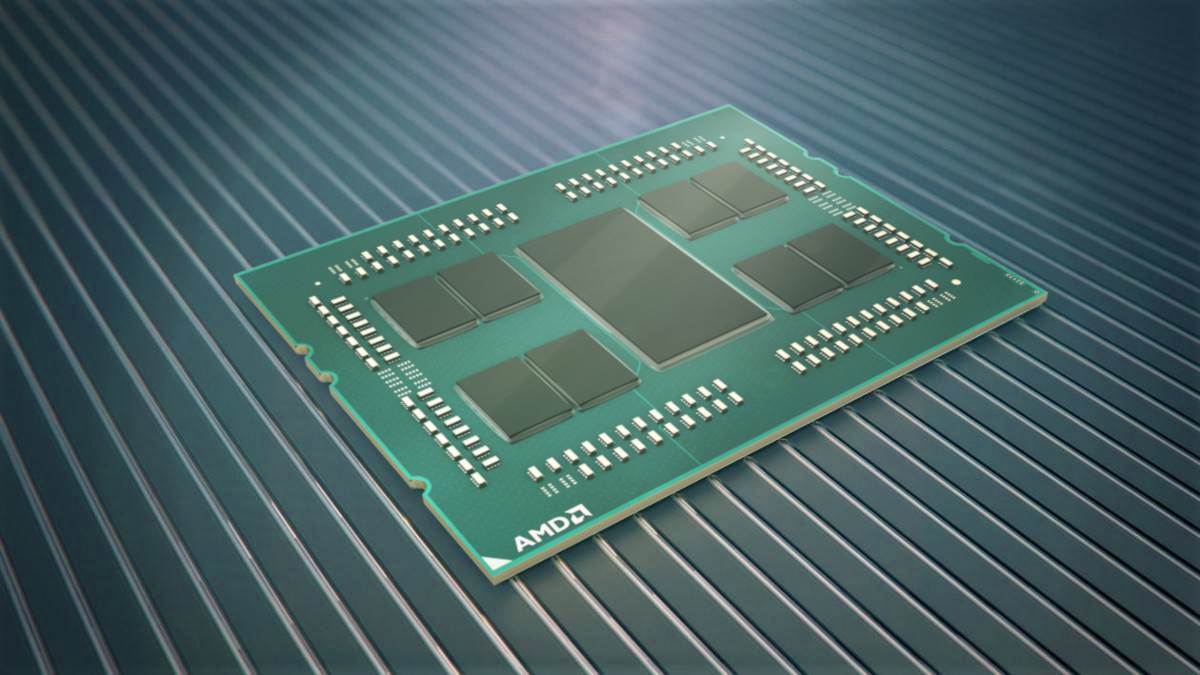
Centralising the I/O also means that – for these monstrous, many-core parts at least – each core has the same level and speed of access to your PC’s memory. With Threadripper, for example, the different cores sometimes had physically longer connections to memory, which is what gave rise to the ‘Gaming Mode’ feature. That cut Threadripper’s core-count in half to only use the cores with closest access to the memory.
Though that’s not of huge interest to us PC gamers, what is more interesting is the promise of higher IPC from the new Zen 2 architecture. AMD is improving the front end of the Zen 2 CPUs, delivering improved branch prediction and pre-fetching, and boosting its floating point performance too.
With the higher instructions per clock and doubled throughput within the same power envelope, the Zen 2 architectural improvements make a big difference to the overall frame rate performance of the chip. Combine that with higher clocks enabled by the more efficient 7nm lithography, and a potential higher core-count, the gaming versions of Zen 2 take down their ageing Zen and Zen+ counterparts with ease.
How will AMD Zen 2 perform?
The first tantalising glimpse of these 7nm Zen 2 chips was genuinely promising. Live on stage at CES, the red team pit its eight-core 3rd Gen Ryzen engineering sample against Intel’s Core i9 9900K. The resulting bloodbath was nearly pulled from the stream for its graphic nature.
But since then we’ve had Ryzen 3000 in our test bench for a little benchmarking. The new chips have displayed some impressive performance – take a look at our Ryzen 9 3900X, Ryzen 7 3700X, and Ryzen 5 3600X reviews for the full run down of performance.
AMD has famously lagged behind Intel in single-core performance, but it looks like those days are over. There’s still some deficit on between AMD and Intel’s CPUs, but this seems to be down to optimisation on Intel’s part more than anything. Either way, the difference could be considered by many as negligible.
And what makes a big difference this generation against the competition is that Intel is still be running on its old 14nm Coffee Lake architecture. That does still offer a gaming lead over AMD’s current-gen Ryzen CPUs, but when both Intel’s i9 9900K and AMD’s 3700X are run at the same clock speed the Zen 2 architecture out computes Coffee Lake in synthetic benchmarks, which is awfully promising of things to come from the red team.
